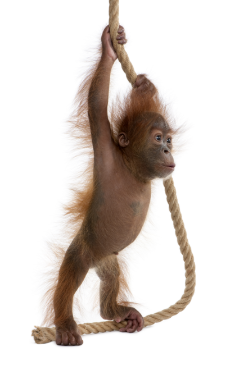
Orangutan In/Visibilities: a digital exhibition
The critically endangered orangutan is one of the world’s most prominent and visible animals. Now found only on the islands of Borneo and Sumatra, it has become a powerful international symbol of extinction—a charismatic yet tragic reminder of the scale and speed of biodiversity loss across the planet.
Orangutans are especially popular in the Global North (e.g. Europe, North America), where they form part of a larger visual ensemble surrounding ideas of endangered species, rainforests, biodiversity loss and ethical consumption. Images of orphaned baby orangutans, for example, have alerted Western consumers to the environmental risks posed by palm oil—a common ingredient in many foods and household products. Similarly, haunting footage of orangutans falling victim to logging or forest fires has drawn international attention to the rapid, extensive transformations of Bornean and Sumatran rainforests in recent decades.
Galleries
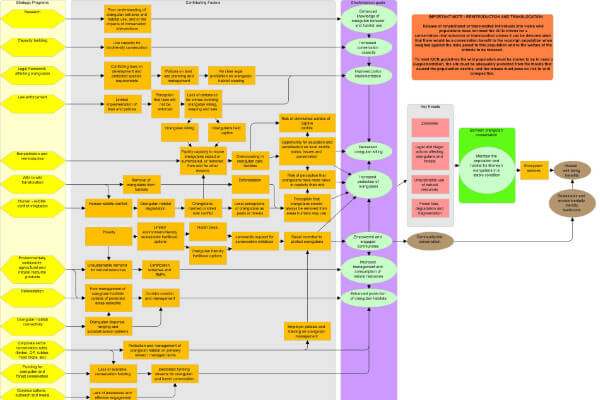
Protocols
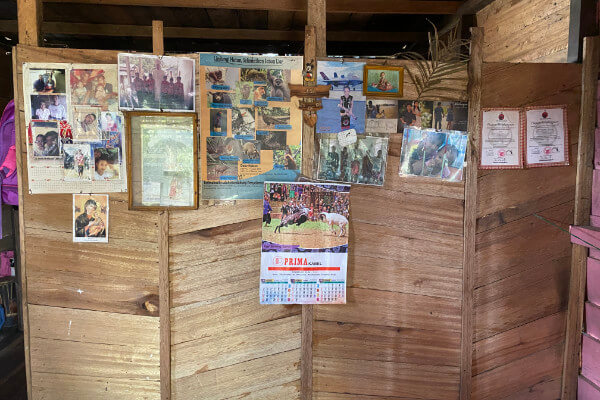
Mediation and Representation
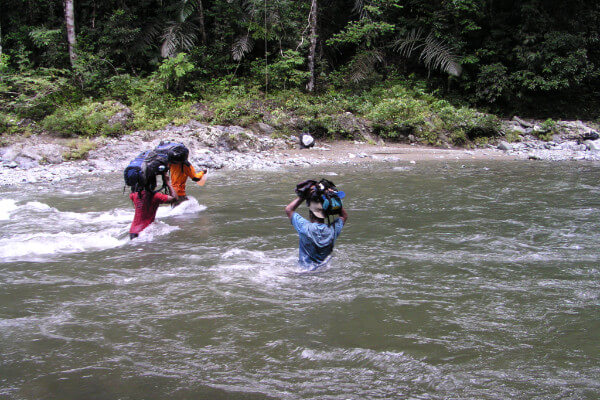
Expertise and Labour
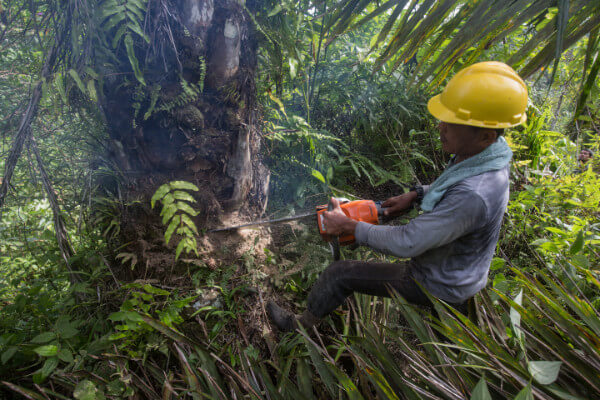
Collaboration and Contestation
Credits and Acknowledgements
Curated by Liana Chua, Hannah Fair, Viola Schreer, Anna Stępień, Paul Hasan Thung, with further contributions from Marc Ancrenaz (HUTAN), Jeremy Dwyer-Lindgren (Woodland Park Zoo), Helen Morrogh-Bernard and Bernat Ripoll Capilla (Borneo Nature Foundation), International Animal Rescue Indonesia, Yayasan Orangutan Sumatera Lestari-Orangutan Information Centre (Sumatra, Indonesia), Julie Sherman (Wildlife Futures) and Yayasan Palung (West Kalimantan, Indonesia). Translated into Bahasa Indonesia by Rut Dini Prasti H. and edited by Lestari Nugraheni.
Exhibition design by Jam Design Associates and Platform Twenty Limited.
This exhibition has received funding from the European Research Council under the European Union’s Horizon 2020 research and innovation programme under grant agreement No. 758494. We are also grateful to the Arcus Foundation and Brunel University London for funding related parts of our research. Further thanks go to Candie Furber for her input and extensive administrative support, to Jade Warrington and Dave Jones for all their patience and support with the exhibition design, as well as to Bernat Ripoll Capilla, Helen Morrogh-Bernard, Erik Meijaard, Edi Rahman, and Heribertus Suciadi, Orangutan Foundation UK.
Thanks to RISTEK and our research counterparts, Universitas Muhammadiyah Palangkaraya, Universitas Sumatera Utara and Universitas Indonesia, for their help and support.
e-guestbook comments
Read more guest commentsVery interesting and educative exhibition, especially if you’re concerned with loss of species and biodiversity on […]
Dion
Wonderful work and thought-provoking exhibition.
Dr. Wim Peumans
A comprehensive set of photos showing conservation efforts from the ground up. Keep up the great […]
Happy